If a firecracker went off near me right now, I think I would explode. At least it would be colorful. Right?
We’re all so anxious and out of sorts right now. Everything is off kilter, topsy turvy. Uncertainty lingers. The Delta variant lurks. Stocks are up. Economists are wary. But we don’t have to worry. The well-heeled, clean-shaven billionaire executives from major global corporations will save us, right?
Hah. Wouldn’t that be easy?!
Open up any news app and you’ll find expertly-lit images of top dogs in relaxed poses. Below, the articles gush about their unwavering confidence while detailing considered and intelligent responses to the questions of how and when we go back to the office.
Chase Bank’s Jamie Dimon wants everybody back into the pool. PepsiCo’s Sergio Ezama thinks the idea of the physical office as the default environment doesn’t even exist any more. So who’s right?
Among workers, the consensus seems to be that a lot of people love the flexibility of remote work but crave the office place interactions that spark innovation and connectivity. As their leaders, we need to find the sweet spots that allow our organizations to thrive amidst the chaos. And the reality is, those sweet spots may be different for each of us.
I’ve spent a couple decades working beside some of the world’s most courageous leaders as they navigate mergers and acquisitions, economic crises, and periods of change. What stands out the most to me is successful leaders’ comfort with uncertainty. Somehow, they find a way to be okay with things not being okay.
It seems that if we take time to stretch our minds a bit, to remain flexible, open, and nimble, we’ll soon find what’s right for our people, organizations, and customers. To that end, here are 5 ways we can all employ to flex our way into the new working normal.
Focus on the outcome not the details.
Sure, it would be nice to wrap everything up in a neat little bow right now. Clean, organized environments are so reassuring and comforting. But moving through change successfully is about focusing our sights further into the future.
We wouldn’t be here if it weren’t for our customers. So we need to focus on creating value for them. With the outcome of serving our customers in mind, a little bit of messiness in the finer details won’t matter much at all.
Allow the situation to remain fluid.
It’s tempting to be declarative, to lay down the law, to set hard and fast rules so our people can fall in line. And hurry up about it! It’s so easy to define working as furiously typing at our computers or filling each day with countless meetings.
But the “right” policy might take several iterations. Remember, we’re not living in a one-size-fits-all world anymore, so allowing for nuance, trial and error, and a menu of options is the secret to finding a clear path to more permanent policies.
Zero in on individuals and their needs.
The leaders I see successfully navigating uncertainty know that black and white doesn’t work in a grey world. Instead of deciding on one way of working for everyone, they take extra time to gain information about their team members’ personal circumstances.
Whether we are leading parents wrestling with childcare, fastidious specialists who need quiet spaces to focus, or energetic singles who are building the social networks that will support them throughout their careers – asking about each person’s situation, really listening to the answers, and finding appropriate options is key.
Foster connectivity with transparency.
Even though we may have some people working from home, some working from coffee shops, and some hot-desking it in a traditional office, making sure everyone is on the same page remains critical.
As humans, we have a tendency to make up stories where information is lacking. That can lead to miscommunication, disconnects, and chaos. Our job, as leaders, is to share frequently and consistently across our teams so that those gaps don’t appear.
One of the best techniques I’ve seen for handling transparency is to create a forum where people can talk openly about what’s working and what isn’t. Forums not only bring in a social interaction factor that helps people feel connected, they also allow our team members to learn from each other, which reduces the burden on us as leaders.
Retool career development programs.
As our work lives change, so should our strategies for personal career development. While how we work may be in flux, our career paths need to continue to be inspiring and engaging and moving us forward.
This means, as leaders, we can’t fall back on the old, rote training programs we used pre-pandemic. We can’t get comfortable with the status quo or relax into outdated habits.
Career paths are moving things with clear destinations somewhere in the future. Setting time aside to consider what new knowledge and skills we’ll need when we get there is as essential for leaders as it is for our motivated team members.
Ready to charge ahead? Here’s your Courage Challenge for the day: Make a list of three team members with whom you’ll connect. Set aside enough time to ask about and listen to their personal circumstances. Decide on what accommodations each person will need to be most productive and one new skill they can learn to move their career forward.
As always, share your thoughts and courageous ideas in the comments below!

At the Courageous Leadership Institute, we leverage our work with over 300,000 leaders and employees from 400+ companies to offer leadership programs that impact results with customers and employees immediately.
Cindy Solomon is CEO of the Courageous Leadership Institute, a thriving global leadership training and research organization with access to up-to-the-minute insights on how today’s most innovative corporations are defining the future of business. She is also the author of two books, The Rules of Woo and The Courage Challenge Workbook.









